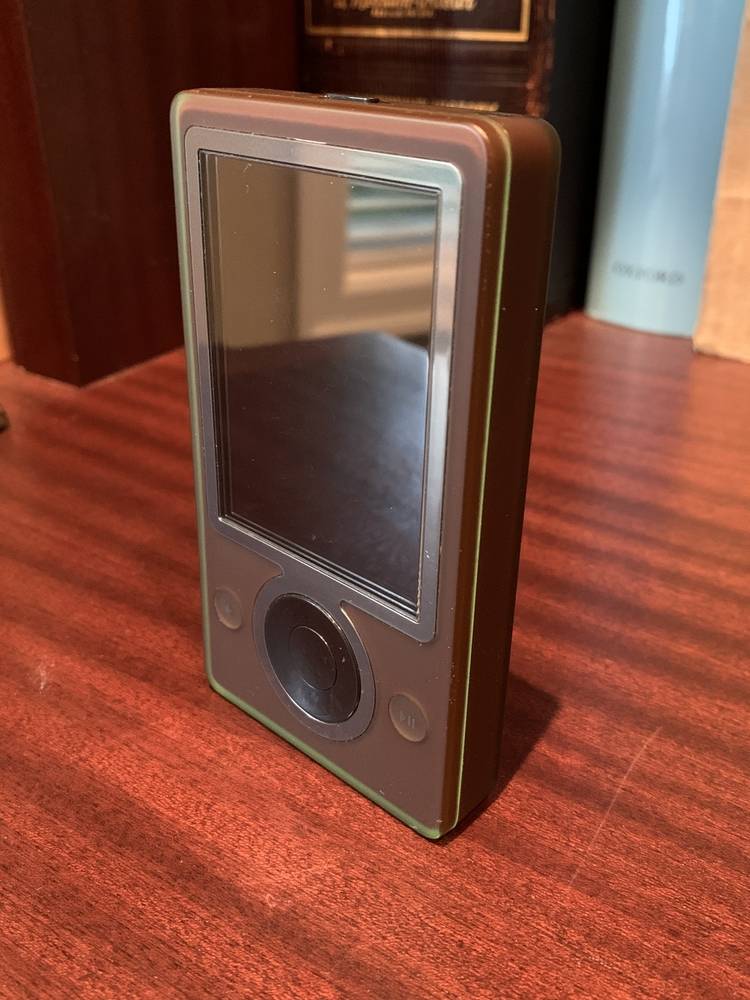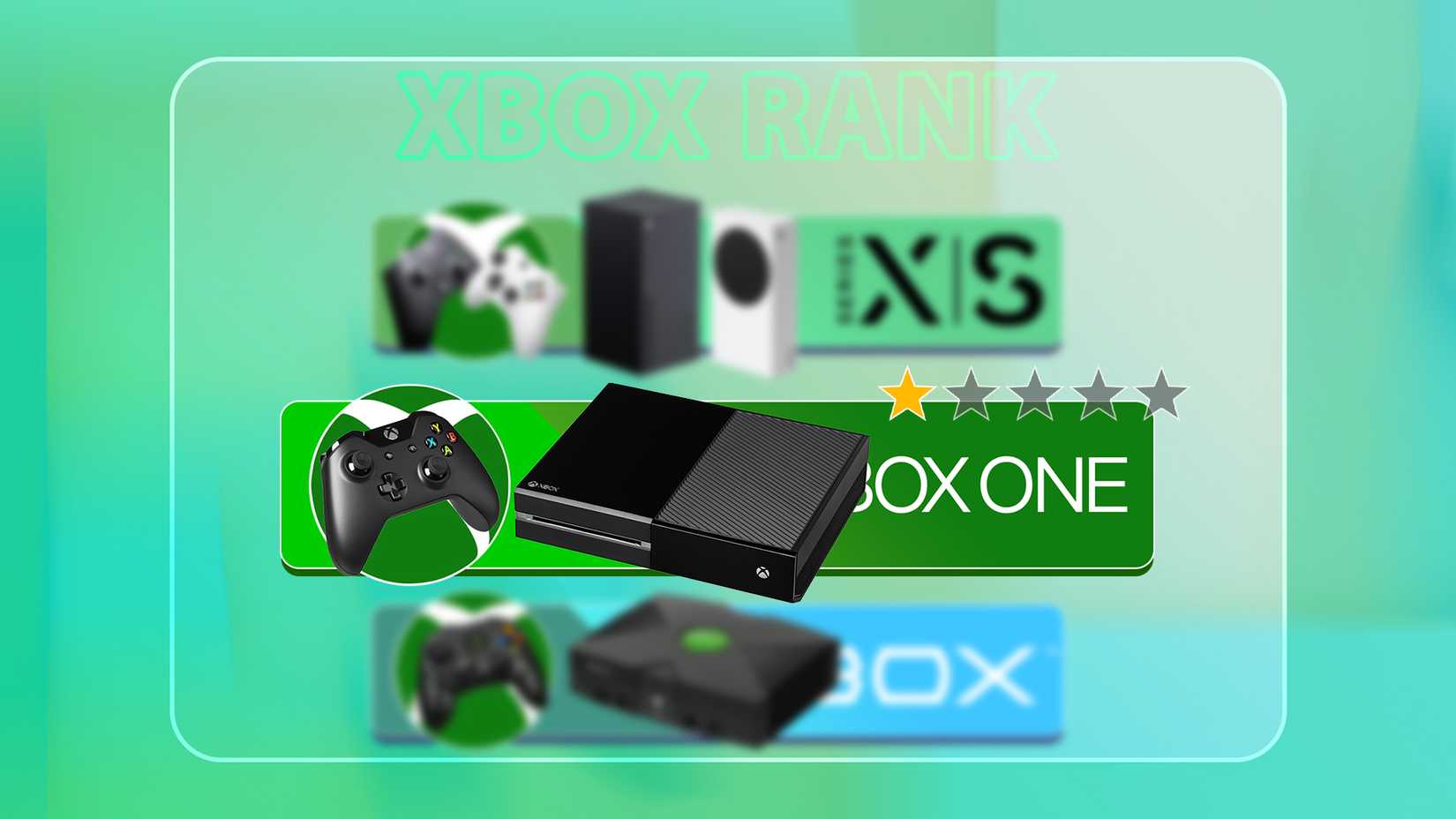Steve Jobs liked to quote Alan Kay’s famous “People who are really serious about software should make their own hardware,” line, and you could almost say that the Apple empire was built on that philosophy—to great effect.
And yet, when a little company known as Microcomputer Software (Microsoft) tried to follow this advice, it failed dismally almost every time. It’s always baffled me that Bill Gates and his successors rarely make any inroads in the hardware business despite their resources, and I’m even more baffled that they keep trying.
Microsoft’s Hardware Obsession
I brought up Apple mainly because I think Microsoft has often tried to emulate the success of devices like the iPod, iPad, and iPhone that are superlative because of the tight integration of the whole hardware and software stack.
In most cases, I think Microsoft failed because it wanted things both ways. It wanted to make the software and the hardware, but it didn’t want to give up the openness that was the hallmark of its own success in the IBM PC compatible market.
This is why we got such half-baked devices like the Windows Phone series, which also relied on third-party manufacturers to make hardware, and the Surface line, which was really just a demo for the whole 2-in-1 concept.
Microsoft’s approach to hardware seems to lack the cohesiveness of a company like Sony or Apple, who understand how to create a complete and final consumer product. Instead, Microsoft’s stuff tends to come off as a prototype or concept in the testing stage that somehow accidentally made it to store shelves—where it often remained.
The Long Trail of Dead Devices
The end result is a history of dead products that rivals the legendary Google Cemetery.
Remember the Zune? The Kin? Surface RT? Microsoft Band? Microsoft has dipped its toes into just about every product category, but failed to follow through. Imagine if Apple looked at the failure of the Newton and never attempted a tablet computer again?
The Zune was too little, too late against the iPod and Microsoft completely failed to market it in a way that would help the average person understand why they should care. Kin was a social phone that launched without social media. Surface RT was a Windows tablet that couldn’t run Windows apps.
Now to be fair, while the Surface RT died a well-deserved death, the modern Surface line of tablets and laptops are doing OK, though I think this has more to do with Microsoft’s bacon being saved by better, more power-efficient x86 hardware while its Prism translation layer is still nowhere near as good as Apple’s Rosetta II.
Microsoft seems to follow the same formula too: flashy launch, a confused audience, and a quiet discontinuation. It seems like the company has an attention span of about two fiscal quarters, and then it moves on without learning anything or trying to iterate.
Xbox: The Success That Wasn’t
The worst example has got to be the Xbox series of consoles. Not because it was short-lived or set to fail, but because Microsoft was on the way to market dominance and completely threw it away through completely self-inflicted damage.
The original Xbox was a brilliant idea cooked up by a group of Microsoft mavericks. Take Windows, strip it down to its core, take Microsoft’s DirectX API, and then stuff it into a console made from largely off-the-shelf PC components. This made it easy for developers already familiar with PC development to make games, and the addition of a hard drive as standard opened up all sorts of possibilities.
The original Xbox was a visionary system, and it set a template that current generation consoles have followed, since both the PlayStation 5 and Xbox Series consoles are just consolized PCs.
The Xbox 360 took a bit of a turn by changing to the PowerPC architecture, and ditching the mandatory hard drive, but despite a massive hardware recall due to a design flaw, the Xbox 360 was the best console of its generation. Easier to develop for than the much more expensive PlayStation 3, it took Sony right up to the end of the generation to match and then slightly exceed the Xbox 360’s sales number.
So, after working so hard for two generations, Microsoft had managed to enter the next console generation on equal footing with Sony. All it had to do was change nothing about its formula, and it would likely have continued being an equal participant or even overtake Sony. However, a series of boneheaded decisions to focus on TV integration, make the Kinect mandatory, and impose severe online DRM restrictions on games blew up in the company’s face.
Sony didn’t hesitate to pounce, and this fiasco (even rolling these decisions back) soundly sank Xbox. Unfortunately, this was the worst generation for this to happen, as people built their first forward-compatible digital game libraries. So, as a result, the PlayStation 5 has outsold the Xbox Series consoles by a large margin, regardless of the quality of the hardware.
Now, Microsoft is pivoting. It apparently wants to make Xbox a PC gaming brand, starting with the ASUS ROG Xbox Ally handheld PCs. While I don’t know what the future will hold for Xbox, it seems that this is set to be yet another Microsoft hardware project that’s crashed and burned without any help from Microsoft’s competitors.
The Never-Ending Reboot
Those who fail to learn from history are doomed to repeat it, and right now Microsoft is anything but an apt pupil. I can see the whole pattern rolling out again with the shoehorning of Copilot and a dedicated Copilot key on Surface laptops.
The clumsy release of the Xbox Ally and its undercooked software is also pretty on-brand, but I will give credit where its due. Microsoft is pretty good at making peripherals. Its keyboards and the Intellimouse are great. The Xbox controller is an unqualified success, and it used to make some pretty great joysticks too. Everything else? Straight in the dustbin of history it goes.

- Operating System
-
macOS Sequoia
- CPU
-
M4 Pro 12-Core
- GPU
-
16-Core M4 GPU
- RAM
-
24GB



